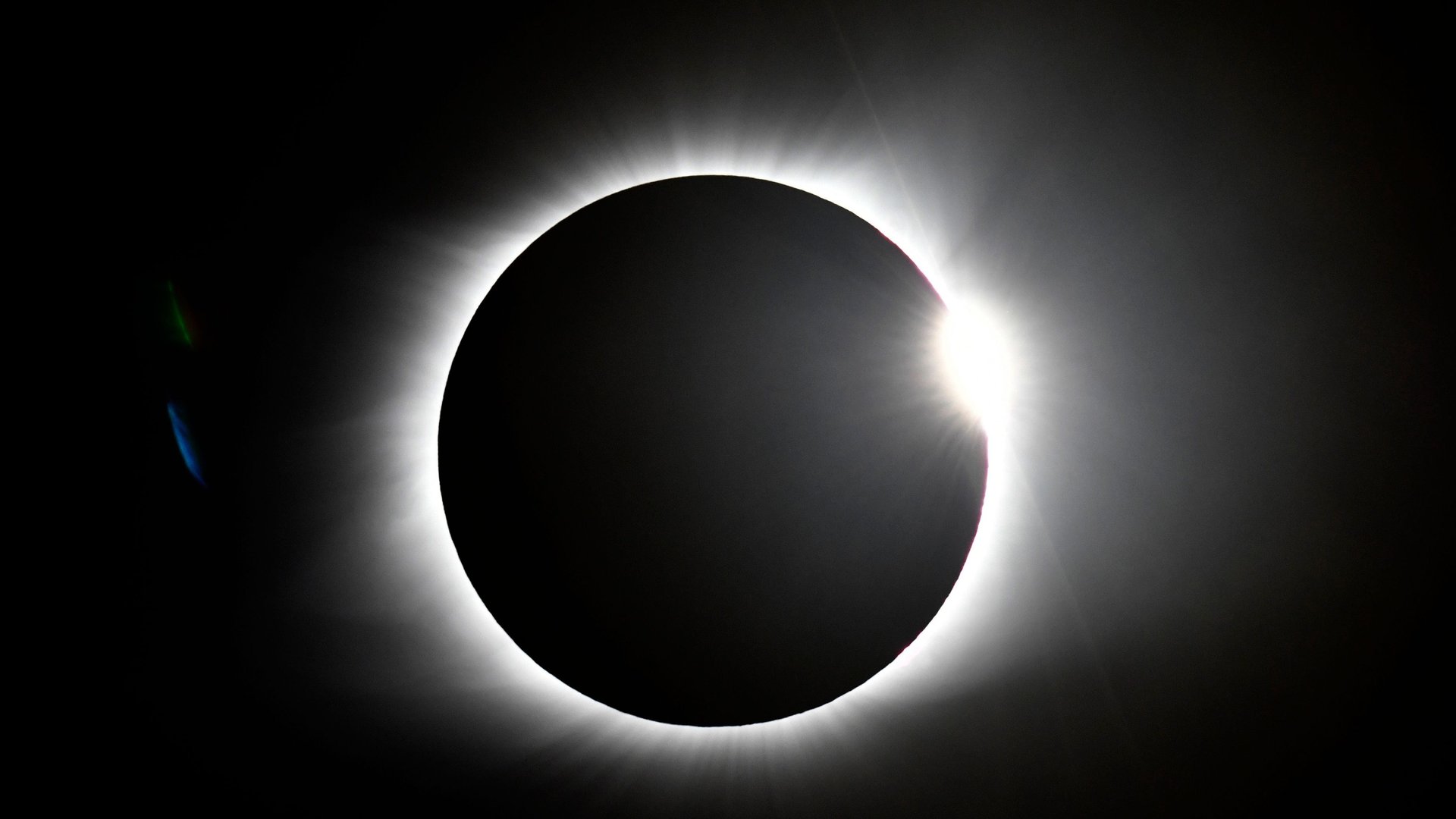Drug testing sewers shows that Americans get lit during holidays and special events
It’s hard to figure out exactly how prevalent recreational drug use is in the US. People aren’t particularly forthcoming with their habits when they’re illegal. Although there are estimates that use surveys, prescription monitoring, and hospital records, experts have long suspected that these methods lowball drug use—but are unable to say by how much.


It’s hard to figure out exactly how prevalent recreational drug use is in the US. People aren’t particularly forthcoming with their habits when they’re illegal. Although there are estimates that use surveys, prescription monitoring, and hospital records, experts have long suspected that these methods lowball drug use—but are unable to say by how much.
Sewage, though, is quite telling. In a study published last week in the journal Science of the Total Environment, chemists from Murray State University in Kentucky showed that they were able to calculate drug use (paywall) in two separate communities in the western part of the state by testing wastewater. The study found concentrations of amphetamine and methamphetamine, two stimulants, that suggest use is of those drugs is two to four times higher than previous estimates. In addition, it found that generally, higher drug use coincided with “special events”—in this case, the US Independence Day on July 4, and the 2017 solar eclipse, which was visible from Kentucky.
The chemists sampled wastewater from two unnamed communities of about 25,000 people each every 15 minutes for 24 hours over four separate weeks last summer. Then, they analyzed the wastewater for 36 drugs and the byproducts that result when the body breaks them down, called metabolites, looking for evidence of substances including cocaine, marijuana, amphetamines, methamphetamine, opioids, and MDMA.
Two of the test days were during “normal” weeks, which would give researchers an estimate of typical drug use. The team also took measurements from July 3, 4, and 5 in both communities, and on the day of the solar eclipse in one community, assuming people would feel a little more celebratory around these times.
They were right: In the first community, according to this testing methodology (which assumed everyone using took typical doses), it appeared that 0.44% of the population used cocaine on normal days, compared to 0.77% on July 4. The percentage of the population who used methamphetamine more than doubled from 4.1% to 8.3%. More people also appeared to use methadone and morphine, two opioids (morphine is also a metabolite of heroin). Although there were no population-usage estimates for THC, the psychoactive chemical in marijuana, the amount of the chemical present in sewage decreased.
The second community had similar patterns, but with a higher overall percentage of the population using drugs. On the 4th of July, for example, the share of people using morphine increased to 62%, up from 35% on a normal day. This was the same community where researchers took data from the day of the solar eclipse, and they found once again that all drug use increased—especially marijuana. Concentration of THC in sewage water went from 81,500 mg per day per 1,000 people to 169,000 mg.
Even on normal days, the amount of amphetamine and methamphetamine combined in sewers was two to four times higher than expected. Cocaine use, on the other hand, was about as common as was expected. Other drugs, like MDMA and marijuana, had either massive ranges of “expected” use, or no use data at all to compare to.
Bikram Subedi, lead author of the paper, says his team next plans to home in on smaller groups—a few street blocks of a town—and then to conduct a nation-wide study. Having more of what are essentially real-time data on drug use could be valuable as the US continues to battle the opioid epidemic.